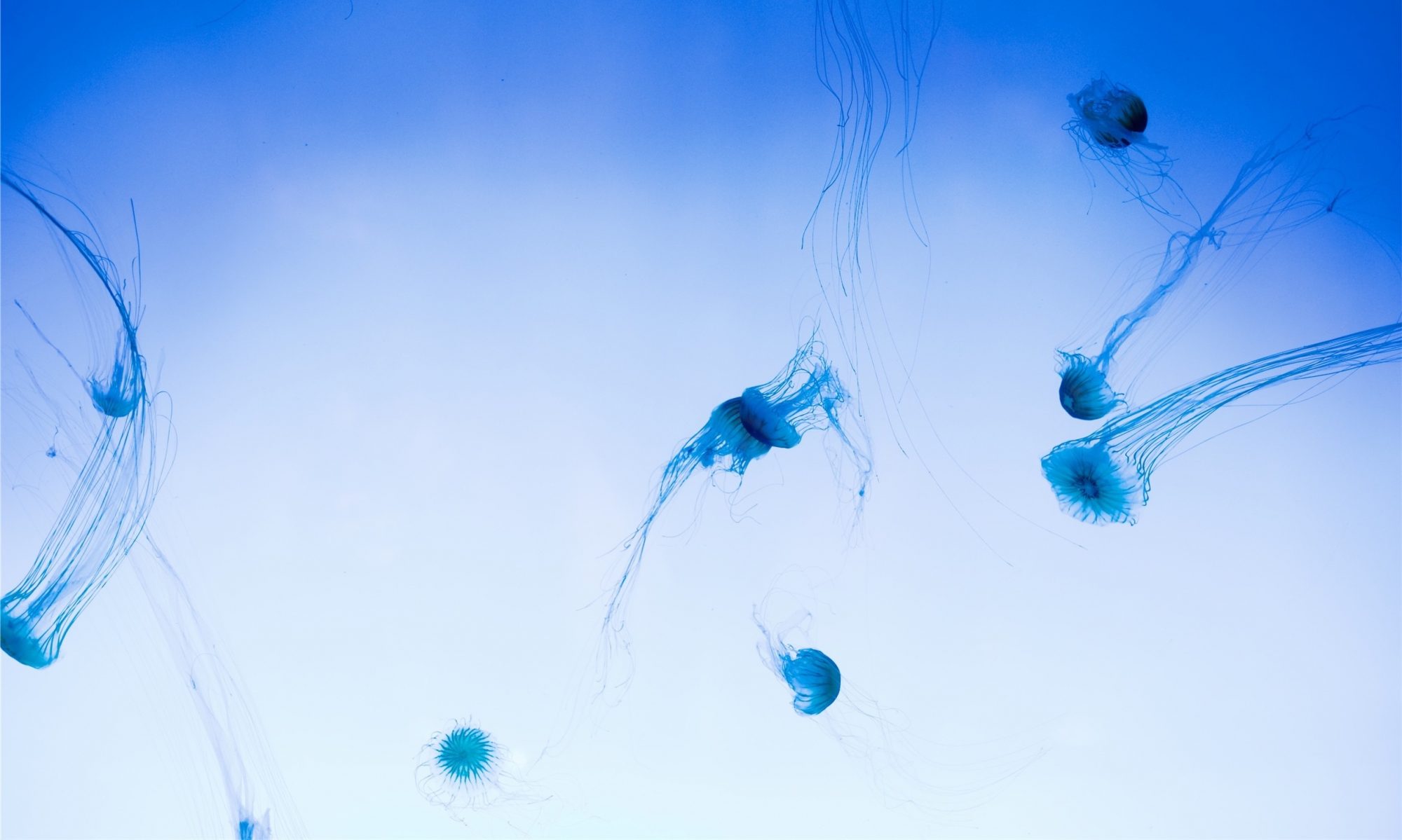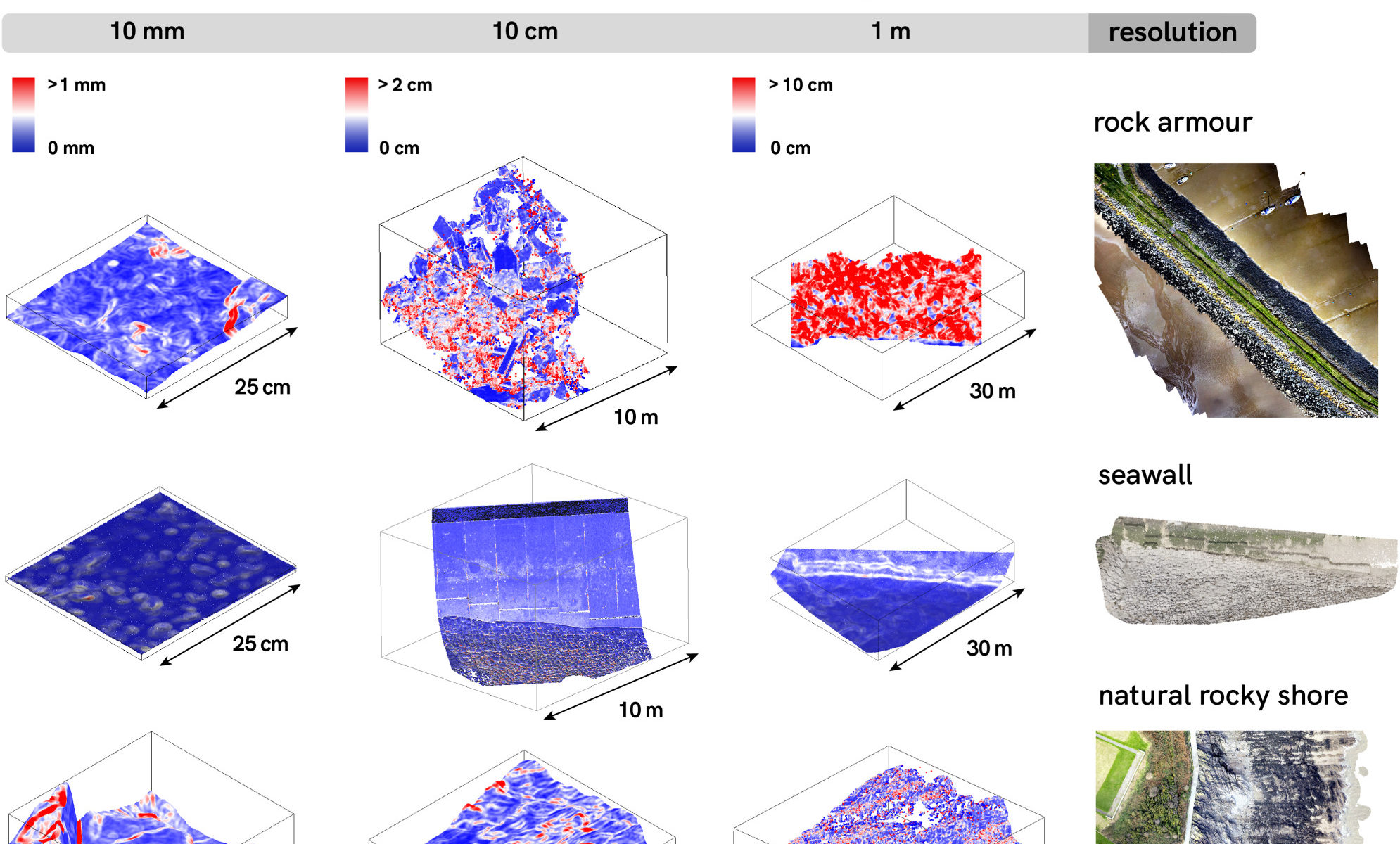Artificial shorelines lack natural structural complexity across scales
Peter J. Lawrence, Ally J. Evans, Tim Jackson-Bué, Paul R. Brooks, Tasman P. Crowe, Amy E. Dozier, Stuart R. Jenkins, Pippa J. Moore, Gareth J. Williams and Andrew J. Davies
Abstract
From microbes to humans, habitat structural complexity plays a direct role in the provision of physical living space, and increased complexity supports higher biodiversity and ecosystem functioning across biomes. Coastal development and the construction of artificial shorelines are altering natural landscapes as humans seek socio-economic benefits and protection from coastal storms, flooding and erosion. In this study, we evaluate how much structural complexity is missing on artificial coastal structures compared to natural rocky shorelines, across a range of spatial scales from 1 mm to 10 s of m, using three remote sensing platforms (handheld camera, terrestrial laser scanner and uncrewed aerial vehicles). Natural shorelines were typically more structurally complex than artificial ones and offered greater variation between locations. However, our results varied depending on the type of artificial structure and the scale at which complexity was measured. Seawalls were deficient at all scales (approx. 20–40% less complex than natural shores), whereas rock armour was deficient at the smallest and largest scales (approx. 20–50%). Our findings reinforce concerns that hardening shorelines with artificial structures simplifies coastlines at organism-relevant scales. Furthermore, we offer much-needed insight into how structures might be modified to more closely capture the complexity of natural rocky shores that support biodiversity.
[sendpaper paperurl=”Lawrence_2021.pdf”]
Full Citation
Lawrence PJ, Evans AJ, Jackson-Bué T, Brooks PR, Crowe TP, Dozier AE, Jenkins SR, Moore PJ, Williams GJ, Davies AJ (2021) Artificial shorelines lack natural structural complexity across scales. Proceedings of the Royal Society B: Biological Sciences 288: 20210329


